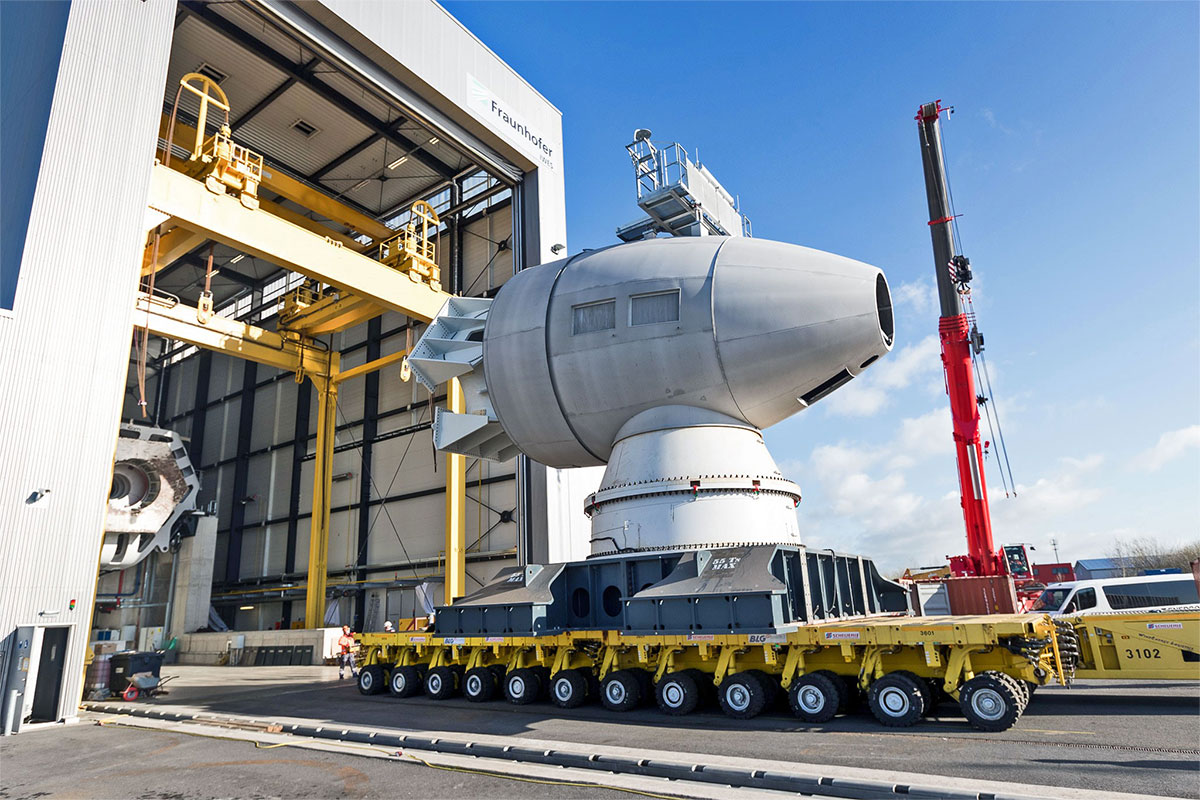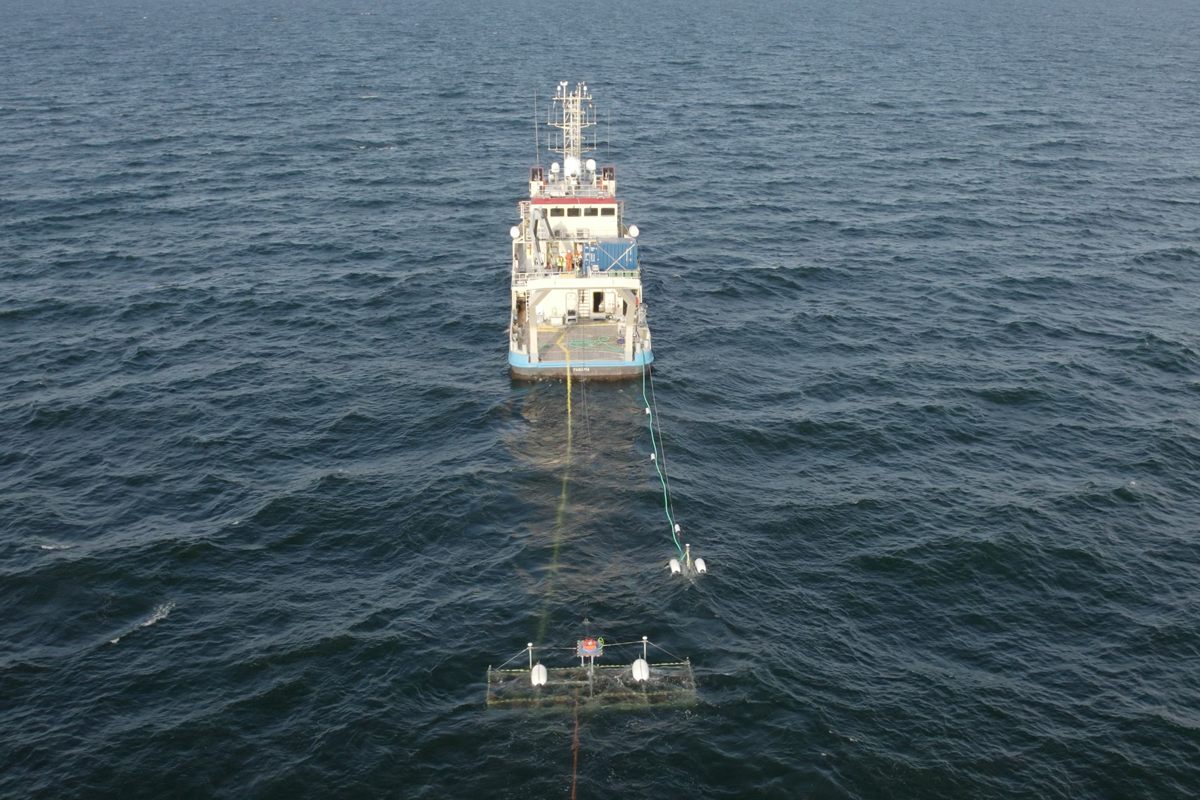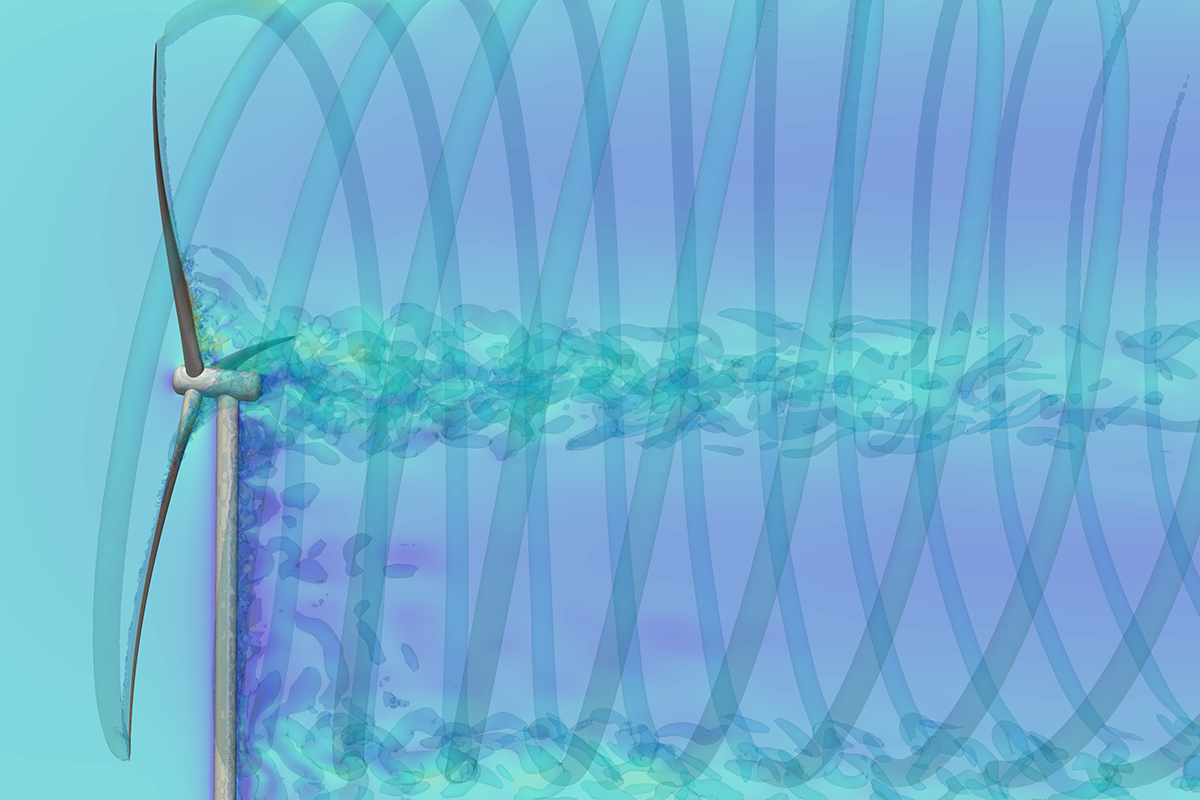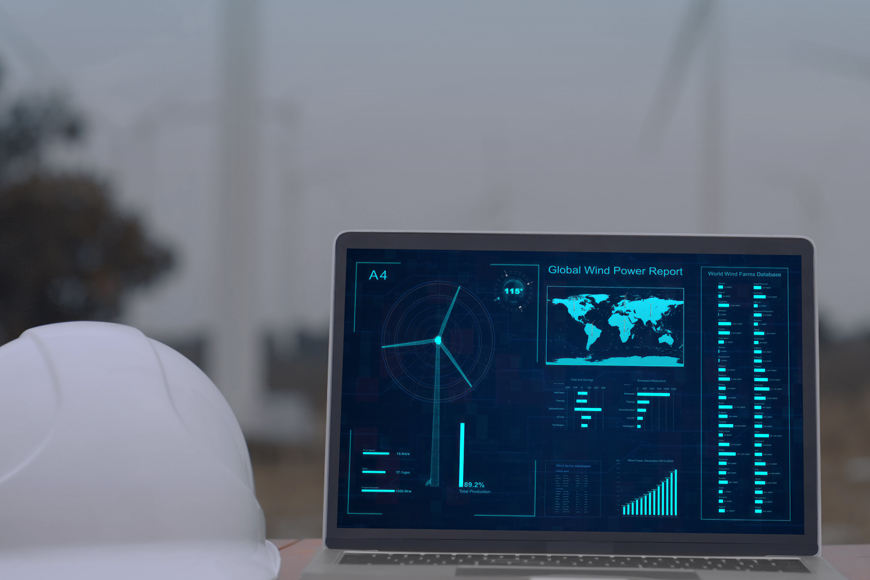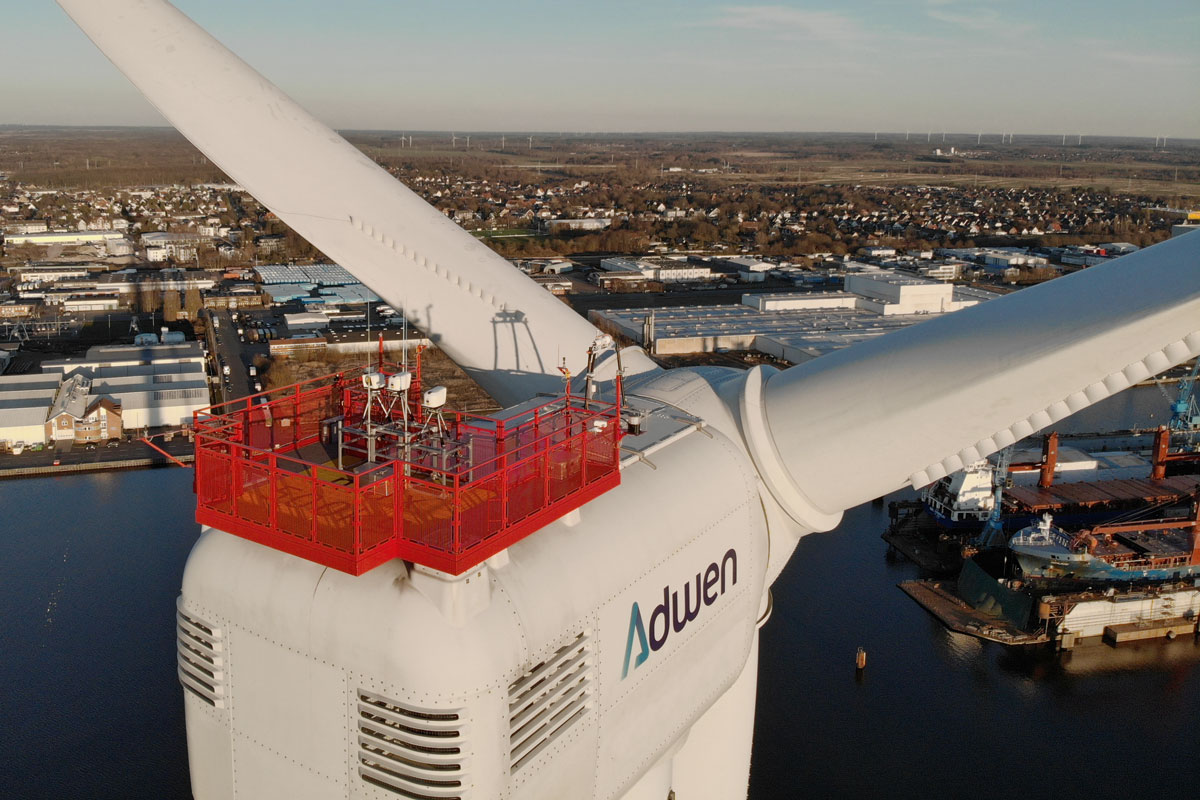Analysis and modeling of operation and installation
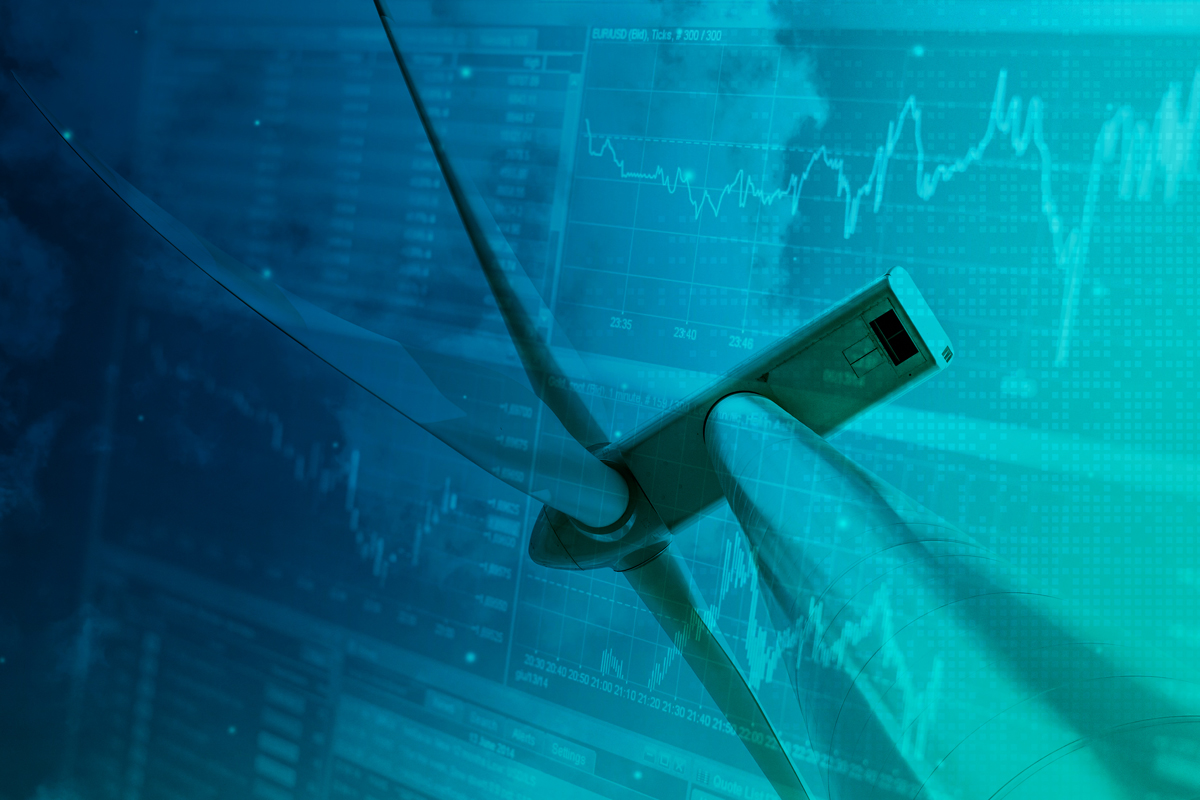
Wind turbine failures lead to considerable repair costs and yield losses. The reliability of turbines and their components – especially those with high failure rates – is thus of key importance for further reducing the levelized cost of electricity (LCOE).
Uncovering failure causes is therefore a focal point of our research and can inform improvements in component design, test procedures, and operational management. We also develop reliability models describing the failure behavior of the wind turbine components and mapping the influence of design aspects, operation, and environmental conditions to failure behavior.
